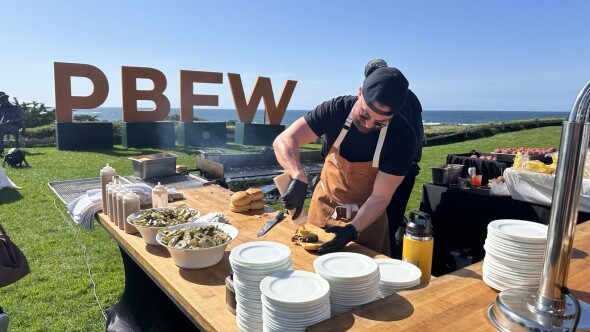PACIFICA, Calif. -- The civil proceedings to determine the future of the Sharp Park Golf Course took another small step toward resolution last month, reports the San Francisco Public Golf Alliance.
In December, the San Francisco Planning and Recreation & Park commissions approved by a combined vote of 11-1 a comprehensive citywide Natural Areas Management Plan that includes a Sharp Park Restoration Plan that would restore the Alister MacKenzie-designed municipal course and enhance the frog and snake habitat in the Laguna Salada wetlands.
Richard Harris, the president of the San Francisco Public Golf Alliance, a nonprofit group fighting to keep the course run by the San Francisco Recreation & Park Department open, indicated in an email to me that the decision is expected to be appealed to the Board of Supervisors. "This is a big and complex and many-faceted environmental/political fight over an important public property. So it moves slowly," he wrote.
The potential date for any appeal is still pending, but that is likely to happen, reports the San Francisco Examiner.
The 6,382-yard course along the Pacific Ocean has been embroiled in a decade-long dispute involving environmentalists -- including the San Francisco Chapter of the Sierra Club, Audubon Society and Wild Equity Institute -- who want the course closed to protect the threatened California red-legged frogs and San Francisco garter snakes that live and breed in the wetlands and reeds of Laguna Salada, a natural lake along the course's back nine.
I played Sharp Park for the first time in 2015, and came away both impressed and disappointed, a common experience for most golfers who play there. Sharp Park's potential is vast. It could become, arguably, as good at the TPC Harding Park, which will host its first major in three years, the 2020 PGA Championship. The routing is very nice. If the resolution ever survives the courts, three holes could be altered. That will help with the flooding issues that plague the site. One water-logged fairway was marked with cones where you could/couldn't play the day I visited.
The conditioning and the pace of play need to improve. Rounds lasting more than five hours are common. I'm convinced part of the problem is the slow greens. It's so hard to make putts when you have to bash the ball, as was the case during my round. Spacing out the tee times would certainly help.
It's easy to see why Harris and others are donating their time and resources to save Sharp Park. It's virtually right next to the shore and with some modifications/updates and TLC could easily become one of NoCal's better courses. A restored MacKenzie seaside links? That dream could someday become reality.
















